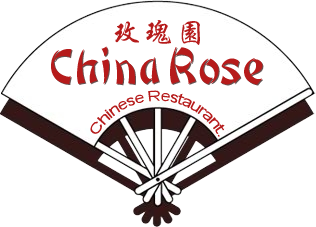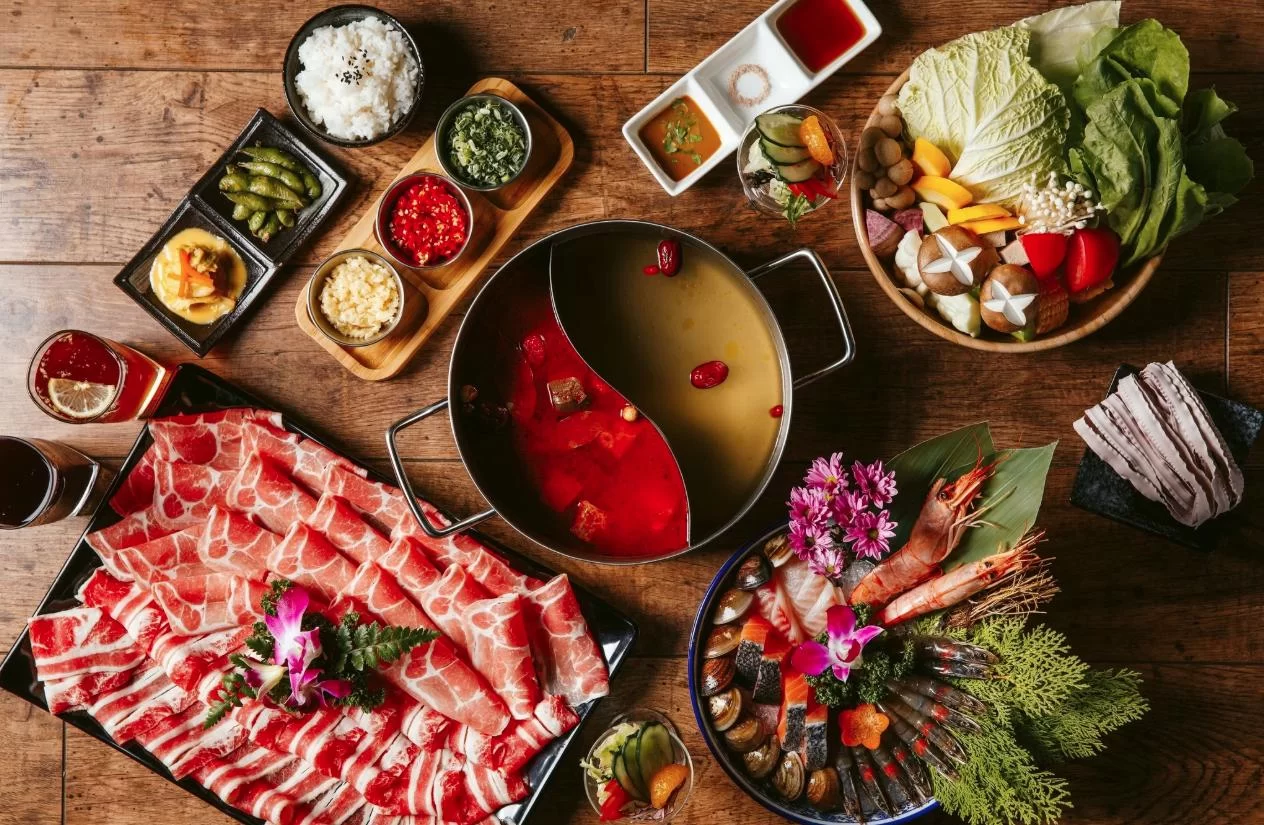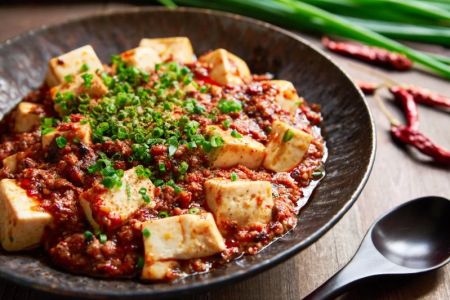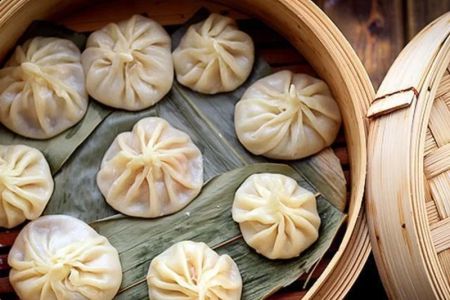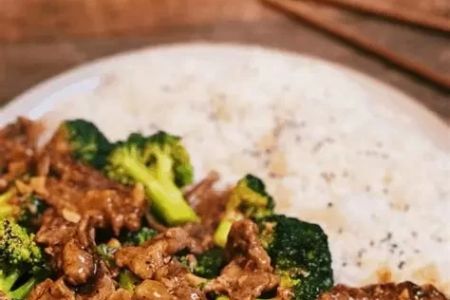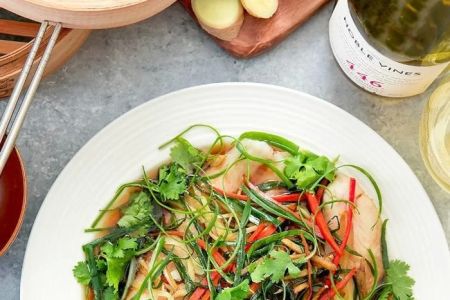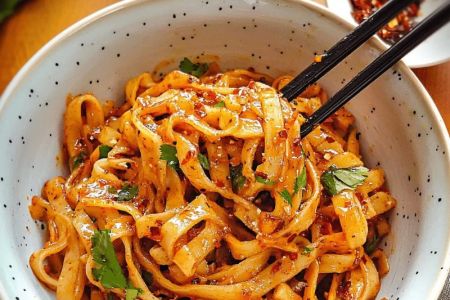- 1 - The Origins of Chinese Spices and Their Role in Culture
- 2 - Five-Spice Powder: Balancing Flavors in Harmony
- 3 - The Bold Flavor of Sichuan Peppercorns
- 4 - Beyond the Basics: Lesser-Known Chinese Spices
- 5 - Cooking with Chinese Spices: Practical Tips and Stories
- 6 - Modern Trends and Global Influence of Chinese Spices
- 7 - Choosing and Storing Chinese Spices for Freshness
The Origins of Chinese Spices and Their Role in Culture
Chinese spices are not just culinary tools; they are part of a cultural tapestry that has evolved over thousands of years. Spices were integral to trade routes like the Silk Road, where merchants exchanged star anise, cloves, and cinnamon for silk and tea. Many traditional Chinese medicines also incorporate these same spices, believed to balance the body’s energy. When traveling through rural markets in provinces such as Yunnan or Sichuan, you’ll still find stalls overflowing with fragrant bags of spices, each carrying centuries of culinary wisdom. These ingredients have not only flavored food but also shaped identity and tradition across generations.
Five-Spice Powder: Balancing Flavors in Harmony
One of the most iconic blends is five-spice powder, which typically combines star anise, fennel seeds, cloves, cinnamon, and Sichuan peppercorns. This blend represents the philosophy of balance in Chinese cooking, bringing together sweet, sour, bitter, pungent, and salty flavors. Used in dishes such as braised pork belly or roasted duck, it creates a complexity that feels both bold and refined. A famous story recounts how chefs in imperial China would test their spice blends before serving the emperor, ensuring perfect harmony. Even today, home cooks across America reach for five-spice powder to elevate simple stir-fries, a testament to its global appeal. For authentic blends and cooking essentials, many enthusiasts turn to trusted sources like Chinese Food.
The Bold Flavor of Sichuan Peppercorns
Sichuan peppercorns are not hot in the way chili peppers are; instead, they create a tingling, numbing sensation on the tongue. Known as "má là" when paired with chili, this spice defines Sichuan cuisine. Stories from travelers to Chengdu often describe their first hotpot experience as a shock to the senses, where the numbing of peppercorns combined with fiery chili oil creates an unforgettable culinary memory. Beyond flavor, Sichuan peppercorns are deeply tied to the region’s identity, reflecting its bold, dynamic culture. For adventurous cooks, this spice is the gateway to exploring authentic Chinese flavors at home.
Beyond the Basics: Lesser-Known Chinese Spices
While five-spice powder and Sichuan peppercorns are well-known, Chinese cuisine thrives on a wide spectrum of spices. Dried tangerine peel adds a subtle citrusy note to stews, while sand ginger brings warmth to medicinal broths. Black cardamom, larger and smokier than its green cousin, is often used in braised dishes of southwestern China. Each of these ingredients carries unique regional roots, contributing to the rich diversity of Chinese food. Exploring these lesser-known spices allows cooks to recreate traditional dishes with deeper authenticity, connecting modern kitchens with centuries-old culinary practices.
Cooking with Chinese Spices: Practical Tips and Stories
When cooking with Chinese spices, technique matters as much as the ingredients. Toasting whole spices before grinding releases their essential oils, intensifying flavor. For example, one home cook shared how learning to toast star anise transformed her dumpling broth from bland to aromatic. Another food blogger recounted her experiment with marinating chicken in five-spice powder and soy sauce, surprising her American friends with flavors they’d never experienced. These stories illustrate that spices are more than additions—they are the backbone of memorable meals. For fresh, high-quality spices and expert recommendations, exploring resources like Chinese Food can make all the difference.
Modern Trends and Global Influence of Chinese Spices
In recent years, Chinese spices have traveled far beyond Asia. Restaurants in New York and Los Angeles now feature cocktails infused with Sichuan peppercorns, while chefs in Paris experiment with five-spice powder in desserts like macarons. The global food scene is increasingly influenced by the bold, aromatic qualities of these spices. Social media platforms amplify their reach, with viral cooking videos introducing younger generations to flavors they may have never encountered. This global embrace underscores how Chinese spices are not just traditional—they are modern, versatile, and continually inspiring new culinary innovations.
Choosing and Storing Chinese Spices for Freshness
To fully appreciate Chinese spices, proper selection and storage are essential. Whole spices generally retain their potency longer than ground versions. Store them in airtight containers away from light and moisture to preserve their aroma. A chef once compared stale spices to flat soda: the name is the same, but the experience is entirely different. For anyone serious about cooking, investing in quality sources ensures the flavors shine as intended. Many enthusiasts recommend visiting specialized shops or trusted sites such as Chinese Food for authentic and carefully sourced ingredients, ensuring every dish resonates with the vibrant spirit of Chinese cuisine.
